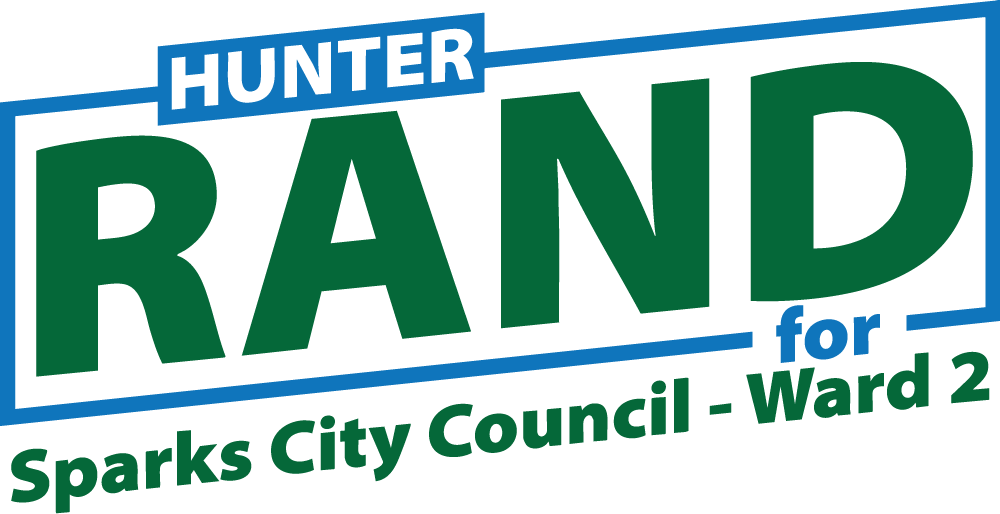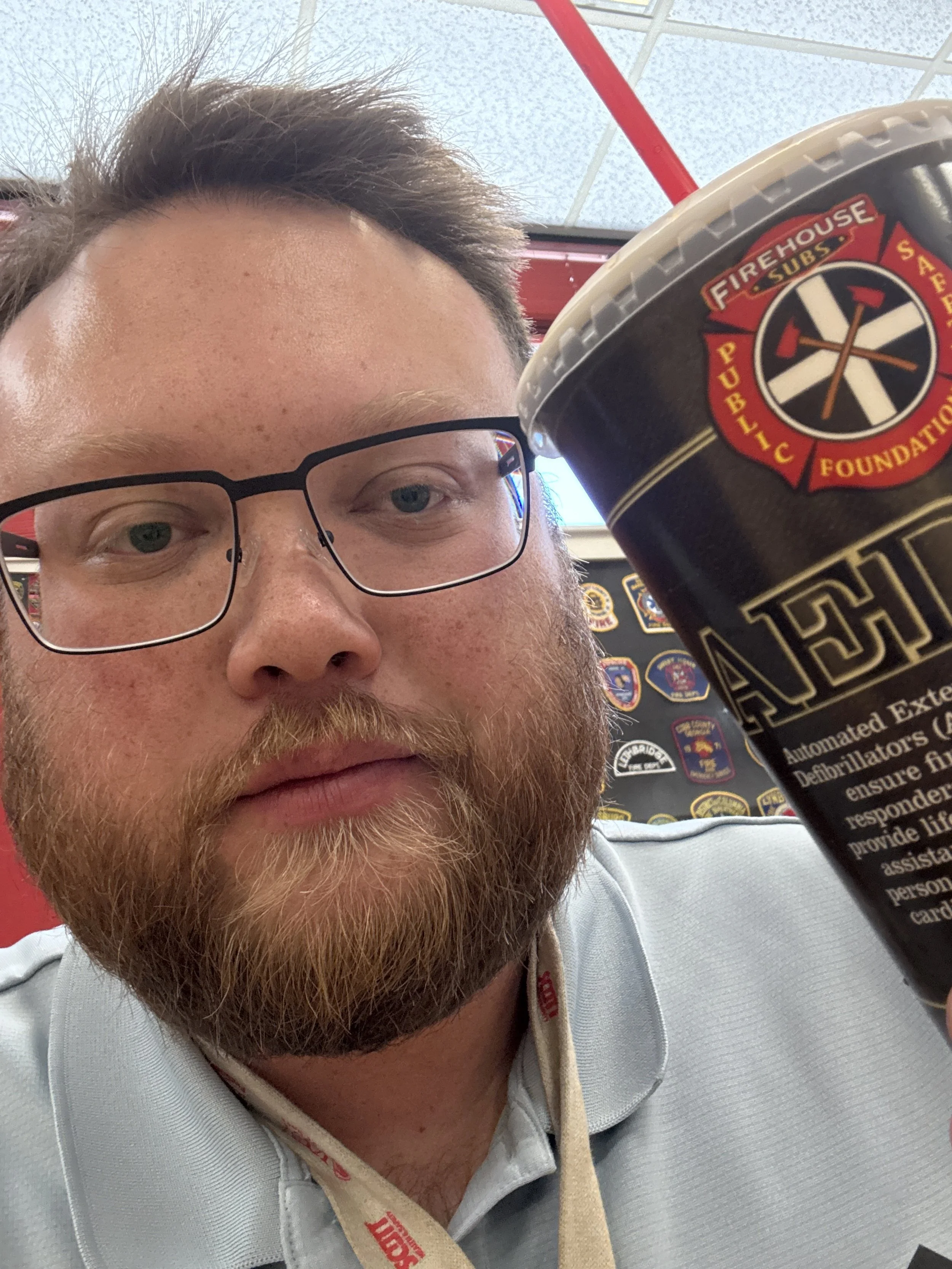Sparks Fire Ride-Alongs
Over the past two weeks, I had the unique opportunity to participate in two very different ride-alongs with the Sparks Fire Department. As a general-interest participant, I was eager to explore two key areas of the department’s work: Prevention and Suppression. What I saw, though, was far more complex than just those two words suggest.
Behind the scenes, the department operates a highly coordinated system—fire response, medical services, ongoing training, vehicle operations, licensing, and more. It’s a sophisticated and demanding operation that takes skill, dedication, and constant learning.
While I can’t go into detail about everything I observed, I can share some of what I took away from the experience.
My first ride-along was with a fire inspector. He may have been skeptical of my enthusiasm at first, but I was genuinely excited. As a certificated Nevada Safety and Health Practitioner, this is my world: prevention, building and fire codes, life safety, risk mitigation. The only real difference is in jurisdiction and scope. While my work as an SHP is rooted in the General Duty Clause (29 USC 654(a)(1)) and NRS 618 and focuses on protecting workers, Sparks Fire Inspectors operate under municipal codes, state law, the NFPA, etc., etc., etc., and - perhaps most importantly - a sincere commitment to protecting people and property by preventing emergencies in the first place.
During my time with the Fire Inspector, I learned about residential sprinkler systems, insulation types, new building techniques, local and national fire codes, asphalt thickness requirements, and restaurant fire suppression systems. What stood out most was seeing, in real life, the things I had previously only studied in textbooks or classroom lectures.
One of the challenges of the Nevada Safety and Health Practitioner (SHP) program is that you're expected to apply what you learn in your existing workplace. For me, that means film sets, television studios, football stadiums, and offices - environments where the codes and zoning laws are often already established and don’t change much day to day. The program covered zoning, but it didn’t truly click until I was on the ground with a Fire Inspector, looking at real examples of incompatible construction - buildings, businesses, and industries that were once approved but wouldn’t pass muster under today’s standards.
This idea came full circle again as I was watching news coverage of the Dragon Bravo Fire. The blaze hit a water treatment facility and released clouds of deadly chlorine gas. But because of the foresight of engineers and planners, that plant was strategically located - no communities downwind, and no evacuations were needed. That kind of forethought in planning and zoning isn’t just theoretical - it saves lives.
For my second ride-along I spent eight hours with two engine companies from Sparks Fire - just one-sixth of a standard shift. I want to say that it was fun, but that word feels wrong. I want to say that I enjoyed it, but that somehow feels like it would diminish the seriousness of the work these men and women do every day.
What made the experience feel meaningful - and at times even light - were the people themselves. The firefighters I met were kind, compassionate, thoughtful, and incredibly welcoming. I came away from that day feeling safer, simply because I now personally know some of the people who show up for us on the worst days of our lives.
But let me be clear: I also witnessed some truly difficult, even traumatic moments. In one situation, a professional from another agency said out loud, “I don’t want to be here anymore.” And in that moment, I understood exactly what they meant, because I also didn’t want to be there anymore. Still, the Sparks Firefighters pressed on - serving the City of Sparks, its residents, and its visitors with professionalism and grace.
What struck me most is that these firefighters, inspectors, and likely many others in the department are stuck in a kind of Catch-22. They need more support - staffing, funding, resources. But even when that support falls short, they keep showing up and doing the job, because it has to be done. And then, ironically, that very dedication is used by some in leadership as a reason not to increase support. “Look,” they say, “the work is still getting done.” But at what cost?
This isn’t a problem that can be fixed overnight. And frankly, many of the elected officials I’d point a finger at for their past decisions are long gone. But the consequences remain. Today, Sparks has fewer firefighters than it did in 2007 - despite having more residents and visitors, more development, and more ground to cover. This didn’t happen for just one reason; it’s the result of decades of decisions - some going all the way back to 1961.
Yet even now, very few of our current leaders are putting people first. Very few are talking about the lives that are protected, the families that are served, or the citizens who benefit directly from Sparks Fire. But I have - and I will continue to.
In July 2024, I was involved in a vehicle-versus-pedestrian incident. I was the pedestrian. While I can’t share many details, as the matter is still being adjudicated, I can say this: the fast response time from Sparks Fire made a critical difference. Their actions helped prevent further injury and likely spared my leg from more serious damage. I credit my life and my health to the firefighters who responded that day, along with the bystanders who stepped in before help arrived, REMSA paramedics, and the emergency room team at Renown.
They all did their jobs. And they’ve never asked for anything from me in return. But that’s the point: they show up, no matter what - because it’s their calling. And the least we can do is show up for them in return.
To end on a lighter note - one of the Fire Captains suggested grabbing lunch at Firehouse Subs, so I did the same and brought it back to the station to eat between calls. I can now officially say I’ve eaten a Firehouse Sub in a firehouse. Not many people can say that.
But let me be clear - my participation in these ride-alongs wasn’t for publicity. It wasn’t a photo op. In fact, I don’t even think photos are allowed, and I didn’t take any, except this one image - it’s the only photo I have from the experience, and I’ll leave you with it.

